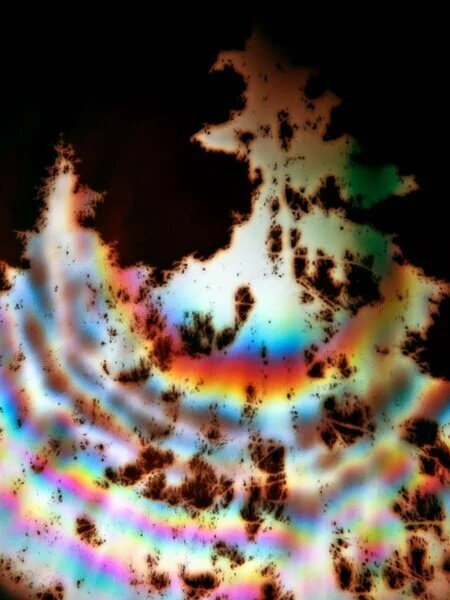WUD: SOMETHING DARK IN THE TREES
Sometimes when a curator brings a group of artists together for a themed show the theme itself can be so specific there is a danger of losing connection with the viewing public. This is most common when a show is based on a particular book, as there is a high probability that many have not actually read the book. A certain amount of trust is involved then, that the images selected give a good impression of the theme.
WUD: Four Walks in the Fictional Woods, published by Tangerine Press in London, is based on Russell Hoban’s 1980 post-apocalyptic novel Riddley Walker, and one does not feel excluded or intimidated by not being familiar with that specific source material. WUD brings together Alexander Binder, Grant Willing, Ellie Davies and Jonathan Illingworth not by virtue of their respective curriculum vitae's or aesthetic styles but by approach to the subject; the four photographers contribute four individual projects quite literally exploring woods. For Black Forest-born Binder this is a normal location for his idiosyncratic abnormal vision, the woods representing a very Northern European dreamscape environment. Of course this is well understood, as the woods were in pre-Christian and later in post-Napoleonic Europe a symbol of a natural and free society. While the woods can be seen as a place of unknown danger they can also be seen from within as a place of refuge. They embody the contradictory nature of the human psyche, being of structure and chaos, infused with magic and grim reality, full of elaborate tales and uncanny sounds.
But the psychedelic visuals of Binder’s Ultrawald dissolve into Davies' selected works which all point to a more real-world enacting of this unknown side to the woods. Her trails leading off into the darkness like a Brother’s Grimm storyline, her stick-piled huts and dimly spot-lit corners all hint at a particular paranoia, as we feel like we are being watched by unseen eyes. Willing’s Svart Metall, by its title alone directs to the cold-hearted Nordic landscapes which preoccupy the world of Black Metal – a kind of Viking horror fantasy played out through doomed visions of ancient warriors all under the din of a Romantically slow heavy metal music. Finally, when the ice melts once more, we are left with Illingworth’s more sober approach in The Clothworkers Woods. It was originally Illingworth who mooted the idea for WUD, and these images seem to be closer to the post-apocalyptic notion in their changes from unearthed curiosities to smoke filled canopy. A present-time reflection of an environment under threat, fragile despite its ageless longevity.
Quite a heavy book, WUD is produced in four different hand-bound editions totalling 100 copies. Each edition uses various similar and alternate papers, covers and content including a small print from Binder. There is an artisanal quality to the book, declaring itself a collectors item and confidently assuming its position beyond the DIY aspect so popular with photobook production today. Overall, WUD uses some great artists to great effect and works well as a promotional tool for these artists as well as Tangerine Press. The fluidity of style and tone, the underlying tensions within the respective works combine to form something unique. The premise is maintained without either the original intention or reader getting lost. And we all know what happens when you get lost in the woods...
.
Copies of WUD can be purchased directly from Tangerine Press here.




